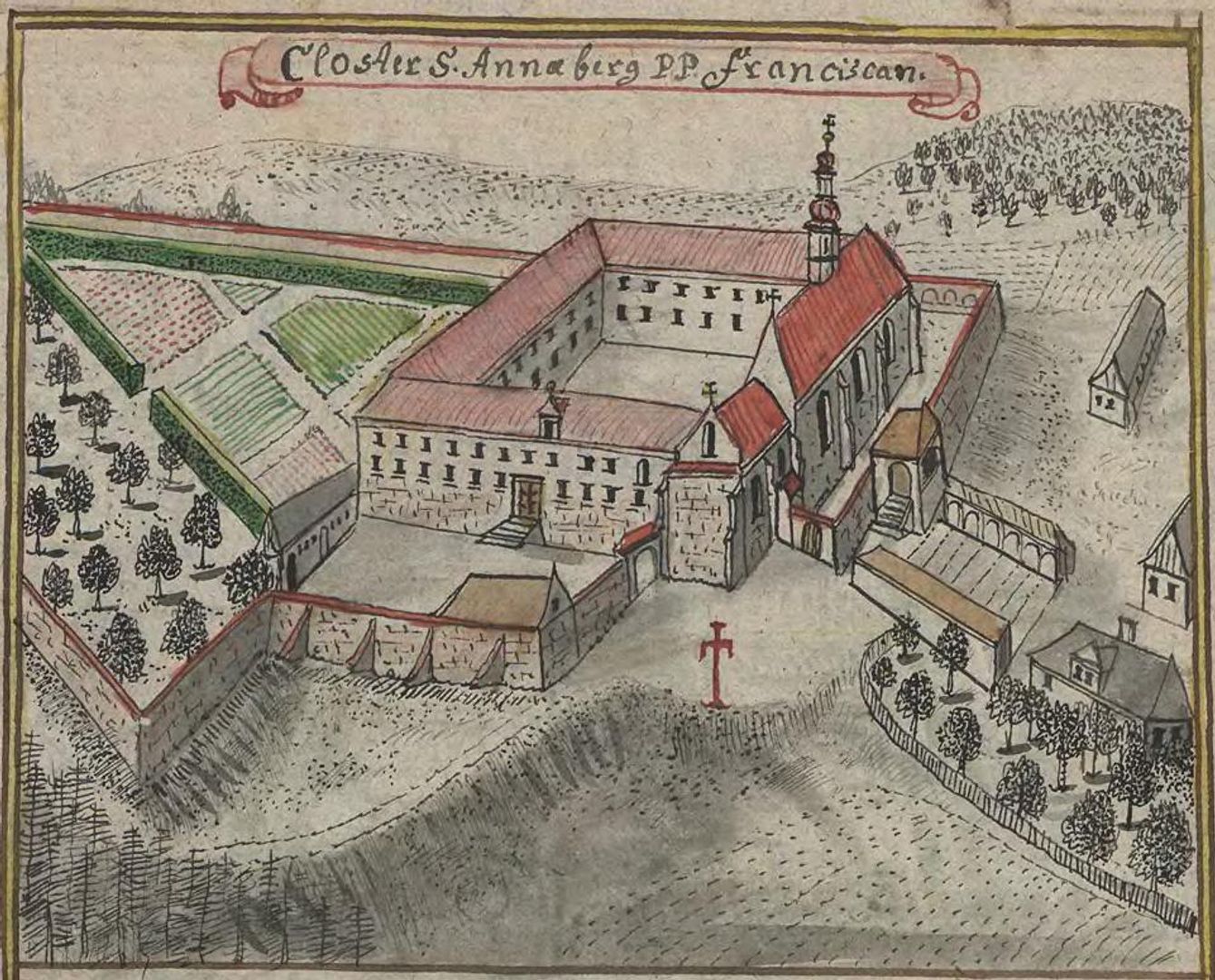Pszów Calvary
6.6

Overview
Kalwaria Pszowska, a registered historical monument in Pszów, Silesian Voivodeship, boasts a rich history dating back to the years 1848–1883, when the parish priest, Father Paweł Skwara, made attempts to build a religious site. The realization of plans to construct the chapel complex began at the turn of the 20th century thanks to Father Brunon Lasek, who initiated the project in 1907. Initially, oak posts with paintings of the Stations of the Cross were erected, and in 1911, three chapels and a church, designed by Walenty Maciejek, were completed. World War I interrupted construction, and some of the furnishings were destroyed. Further construction was completed by Father Mikołaj Knosala in the 1920s. Each chapel features unique decor, including sculptures of the Stations of the Cross made by the Panka company and interior designs by Ludwik Konarzewski. After the solemn consecration of the calvary on September 1, 1929, the site became an important pilgrimage destination. After World War II, the care of the calvary was taken over by Father Wojciech Urban, who contributed to its development by encouraging pilgrims to visit, including Father Franciszek Blachnicki. In the 1980s, as pilgrimage activity gained momentum, the temple was renovated, and a bell tower and a chapel dedicated to Our Lady of Schönstatt were built. In 1987, due to the further development of the area, a parish was established at the calvary, underscoring its religious and cultural significance. Kalwaria Pszowska remains an important site both for the local community and pilgrims, serving as an architectural example and a testament to the region's spiritual development.
Location
2025 Wizytor | All Rights Reserved